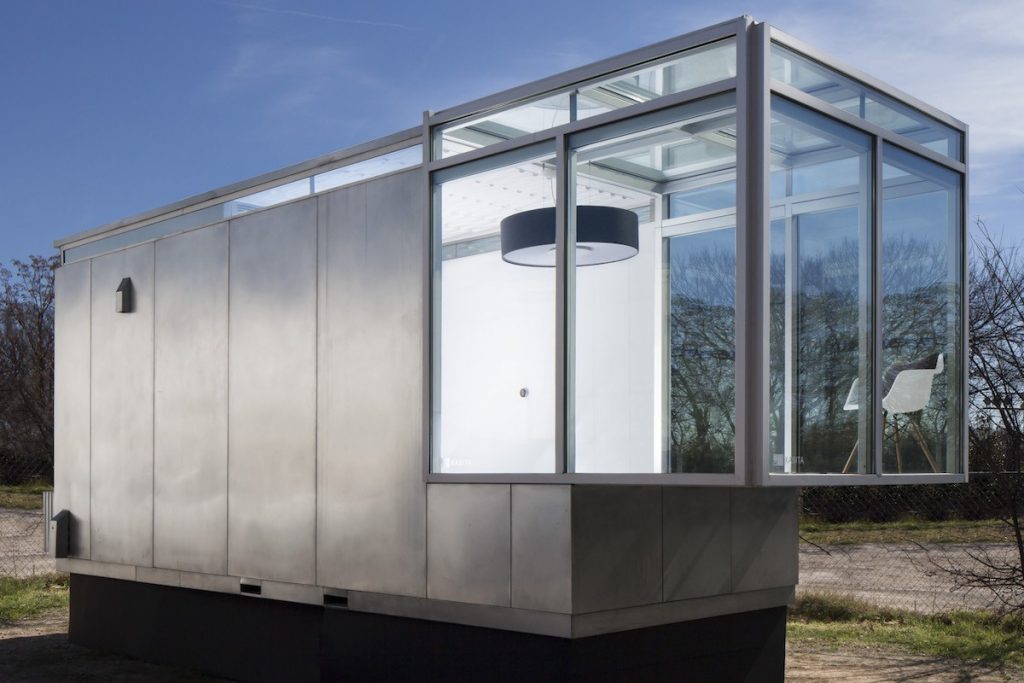
Here’s another guy who insists on ‘disrupting’ real estate. While the mobile devices are handy, are people – especially the affluent baby-boomers who are making the real estate market, going to give up their more-traditional homestead to live in a 320sf tin can?
You can tell immediately that Jeff Wilson, the 42-year old founder of Kasita, an Austin-based micro-housing start-up, has been courting venture capital. He has his sales pitch nailed—which is pretty impressive for a former university dean and professor who used to live in a dumpster.
When I ask Wilson what fundamental problem his company is solving he tells me without flinching: “Kasita is on the verge of disrupting the urban housing market in ways not seen in real estate and development in 150 years.” Wilson’s confidence may just be spot on. And perfectly timed.
Over the past decade my wife and I have asked each other countless times why everything else we own is completely mobile with the glaring exception of real estate. It’s not an unreasonably philosophical question. Every current aspect of our personal and business lives—from banking and corporate communications to reading the news or planning a vacation—now runs entirely off of five mobile devices and a wireless hotspot. So why do we still sleep in a house every night with two-foot thick brick walls that hasn’t moved an inch in 128 years?
Seeing a massive, mobility-starved void in the dead center of one of the largest segments of the US economy (while living in a dumpster), Wilson is betting that his tech-stuffed, 320-square foot, portable living capsule (a.k.a. casita, or “small home”) is poised to transform the fundamental concept of what real estate means to a new generation of Millennials, empty nesters, and upwardly mobile creative types (e.g., us) who are looking to trade-in their 30-year mortgage for mobility, simplicity, and financial independence.
Read full article here:




Cool, a new stackable mobile home without wheels. I’d still prefer a place at lanikai lane.
We’ll see how much they like living in someoone else’s fart cloud.
Of course much the same could be said of trailers right after WWII but then trailers became mobile homes, which became effectively manufactured immobile homes. Once again another example of trying the same thing over again. Mobile homes became a generally lower class living area. Note that these started out as 8 feet wide during World War II for temp housing, and got 10 foot wide in the early 1950s.
But of course if you watch any of the tiny home shows you see the tiny homes are mobile, move to their site, and presumably could be moved again. So really nothing and has lots of competition. Note also the idea of container conversion to homes as well, which are based on 8×40 modules. (which interestingly is the size of the house cited)
Again the major issue will be zoning and building codes to put these anywhere. Even in areas with just deed restrictions these units could not be the primary home on a lot. (most deed restrictions contain minimum square footage requirements).
Rick Clark:
“We’ll see how much they like living in someoone else’s fart cloud.”
You need to pay attention to Kickstarter. They have everything.
Two words: Underwear Ionizer
For you boomers, also works for hemorrhoids.